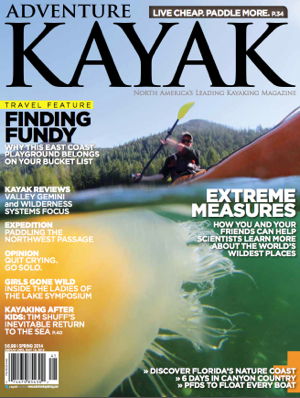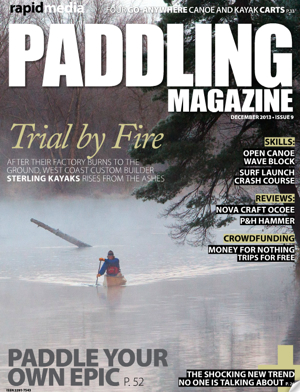On February 25, two Canadian brothers arrived home after completing one of the longest paddling expeditions in history.
Henry Brothers complete epic, 7,000-kilometer expedition
Seven months ago Victoria, British Columbia, born and raised Russell (21) and Graham Henry (23) set out in their two sea kayaks from Belem, Brazil, at the mouth of the Amazon River. After paddling uncharted territory 1,500 miles up the South American coastline, they then island hopped up the Lesser Antilles to Anguilla before heading west to the Dominican Republic. From there they had the two longest crossings of the trip—upwards of 90 miles—and the entire Bahamas between them and Florida.

On Saturday, February 22, following a 17-hour crossing from Bimini in the Bahamas, they made landfall in Juno Beach Florida after almost 7,000 kilometers (more than 4,000 miles) of paddling and passing through 23 different countries and territories. This journey threw everything imaginable at the brothers. From a diverse and ever changing cultural landscape to the obvious obstacle of rough sea conditions to the physical demands of paddling stretches of up to 27 hours straight.
“We have both been paddling all our lives,” Graham told Adventure Kayak at the beginning of the expedition, “We want this trip to beat us down and give us something seemingly insurmountable to overcome.”
Being raised on and around Vancouver Island, the Henrys grew up kayaking, tripping and exploring the great outdoors. They acknowledge and appreciate how vital it all was in the shaping of their personalities and lives today. They want to share this little secret with the world and youth of today by presenting their story at schools upon returning home. They hope to inspire kids to get outdoors, dream big and then actually go for it.




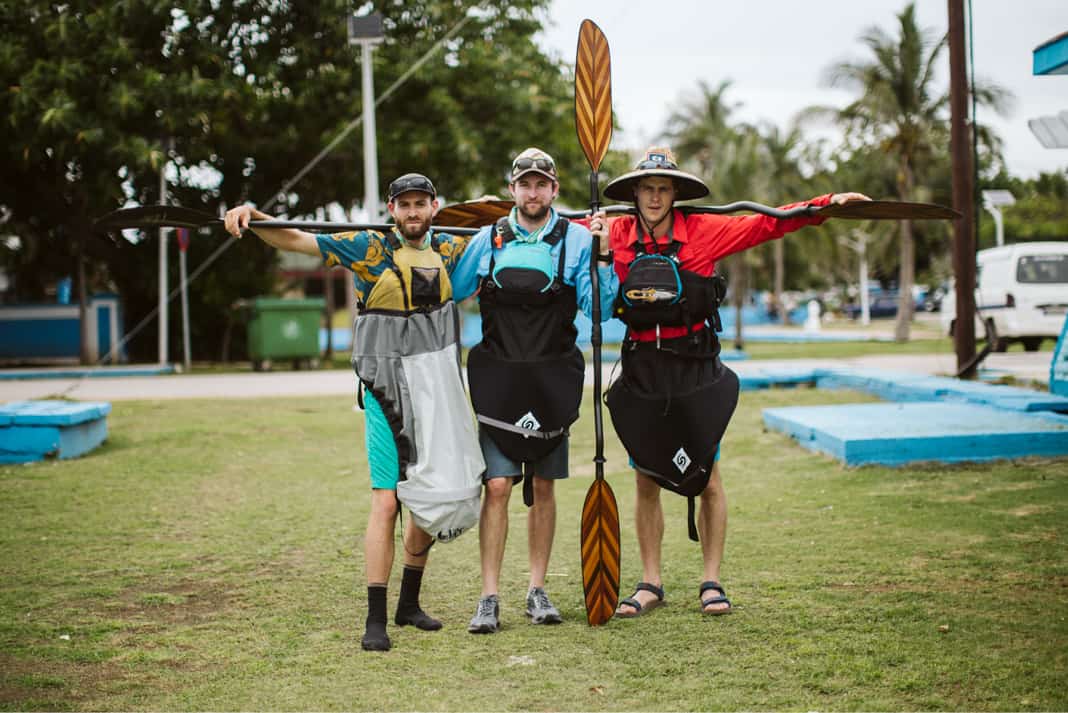
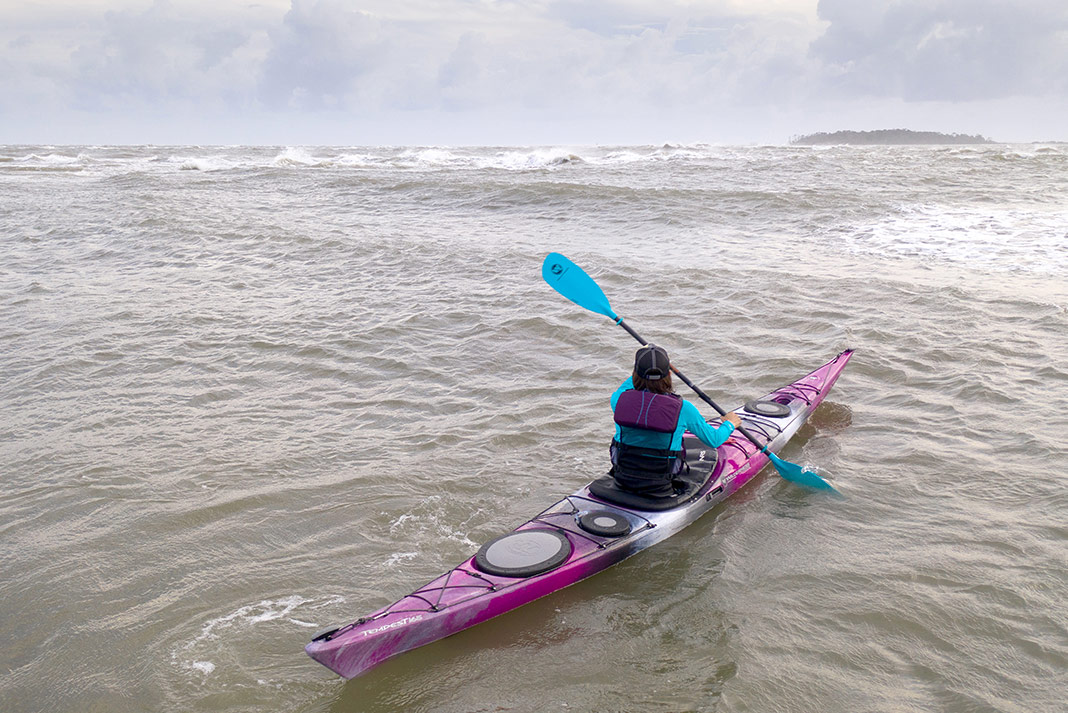


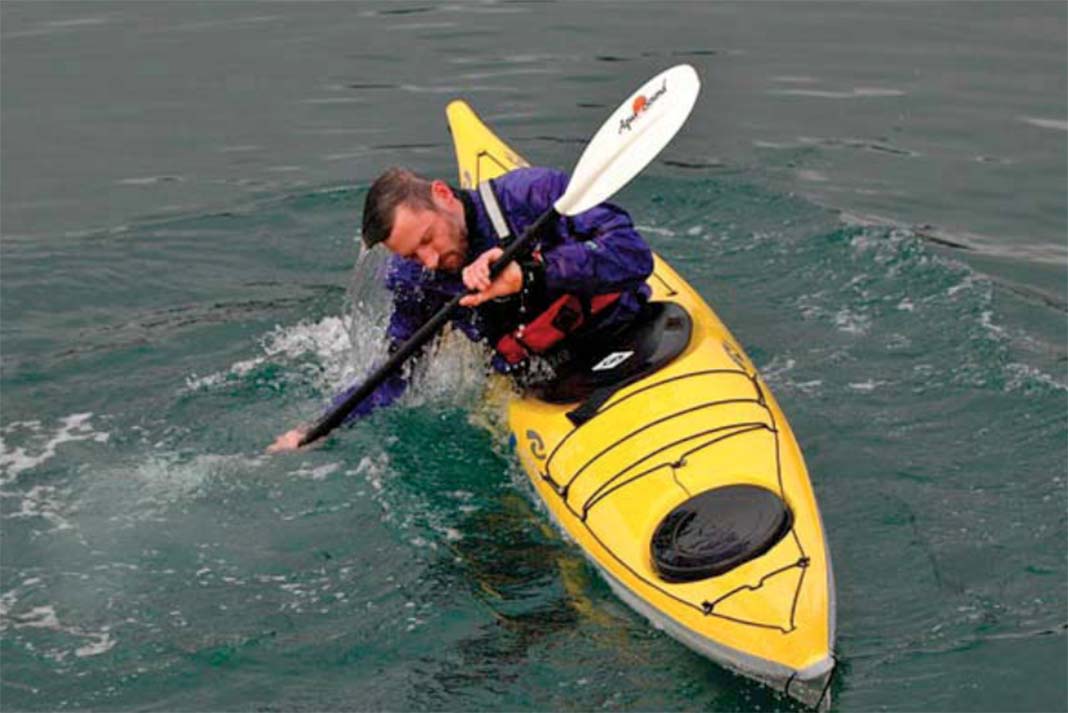
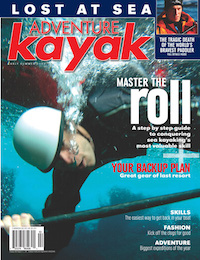 This technique feature originally appeared in Adventure Kayak, Early Summer 2007. To learn more self-rescue skills, download our free
This technique feature originally appeared in Adventure Kayak, Early Summer 2007. To learn more self-rescue skills, download our free 


